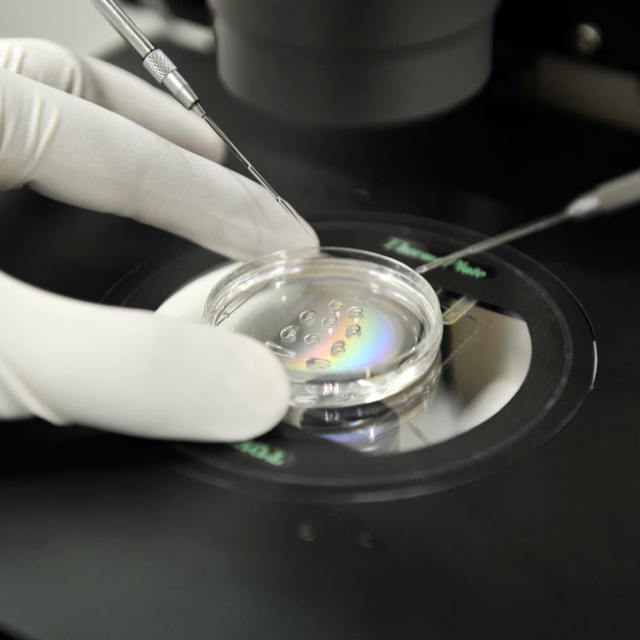
Artificial ova and spermatozoa generated using stem cells
Research into and publications about the use of stem cells to generate artificial gametes cells has increased significantly over the last few years.
The idea of obtaining ova and spermatozoa – highly complex and specialist cells – using a cell obtained from an adult human being is both appealing and worrying. Patients who are unable to generate their own gametes, same-sex couples, individuals who do not have a partner and patients of any age could reap the benefits of these techniques.
The only existing alternative that could enable them to be parents is gamete donation. However, the fact is that we are unable to predict the consequences that generating gametes could have on offspring. The ethical and moral debate that these potential situations raise, both in the scientific community and amongst patients, is very controversial indeed.
The first ever publications about the generation of synthetic gametes in a laboratory date back over fifteen years and they were based on generation using ‘embryo stem cells’ obtained from embryos generated in a laboratory precisely for this purpose. The studies describe the synthesis of ova and spermatozoa from functional mice that fertilised correctly and gave rise to healthy offspring.
Nevertheless, despite successes such as these, the creation and destruction of human embryos in a laboratory in order to obtain stem cells is prohibited. Research has taken a different route and currently focuses on obtaining gametes from ‘induced stem cells’ or, in other words, somatic cells. For example, skin cells that are genetically reprogrammed in order to create stem cells.
Research using stem cells such as these is common practice in order to research illnesses, create pharmaceutical drugs or for use in regenerative medicine. The generation of artificial gametes that lead to new lives, however, is much more complex.
So far, we have not been able to achieve stem cell differentiation of this type of stem cells induced in identical gametes to those generated in vivo. They are just similar. Furthermore, functionality cannot be demonstrated since the law does not provide for use of these embryos to demonstrate that they could lead to viable pregnancies and healthy children.
Some people speculate about the possibility of genetically modifying artificially-generated ova in order to prevent or eliminate illnesses in offspring by applying gene editing techniques on live cells. For example, CRISPR. This would be an additional step. As in the case above, this concept is closer to being possible than to actually being clinically applicable.
Therefore, whilst research is still ongoing, clinical application of these techniques in assisted reproduction laboratories remains a long way off. Achieving that would require significant progress in developing techniques to test efficiency, safety and reproducibility. There would also be a need for changes to research policies.
Leyre Herrero, a biologist at Instituto Bernabeu.
